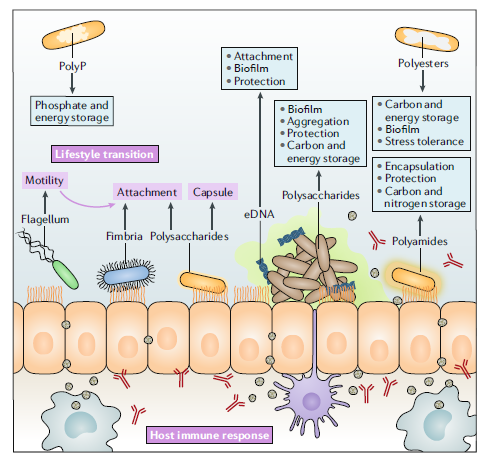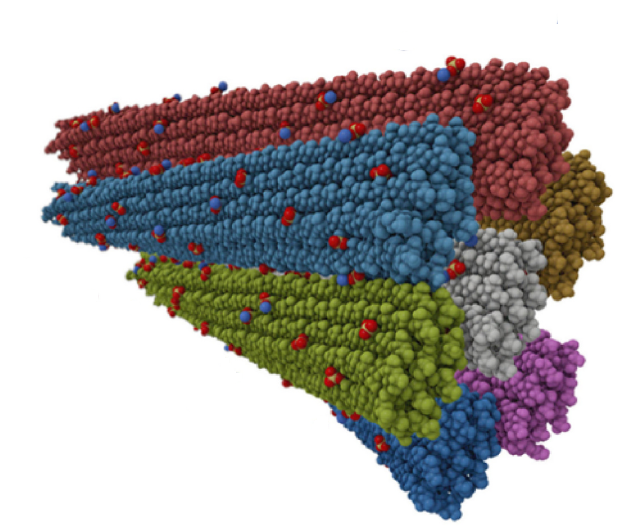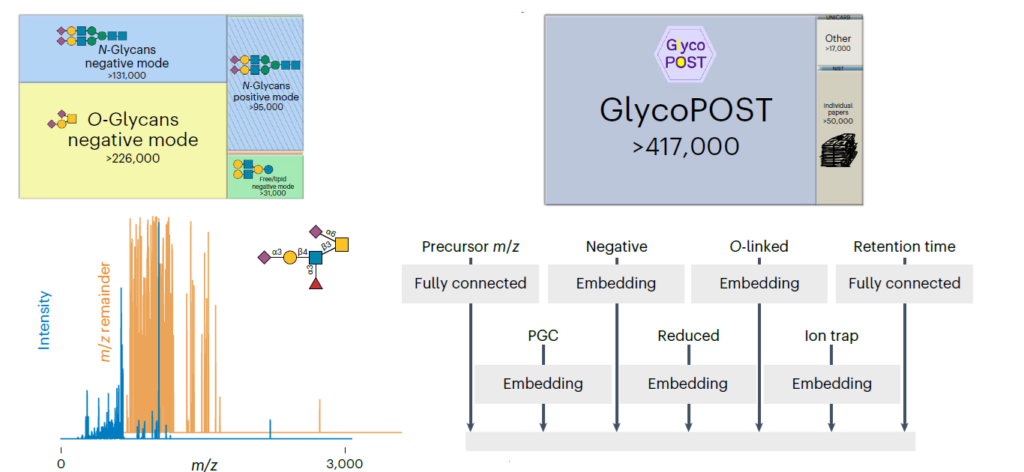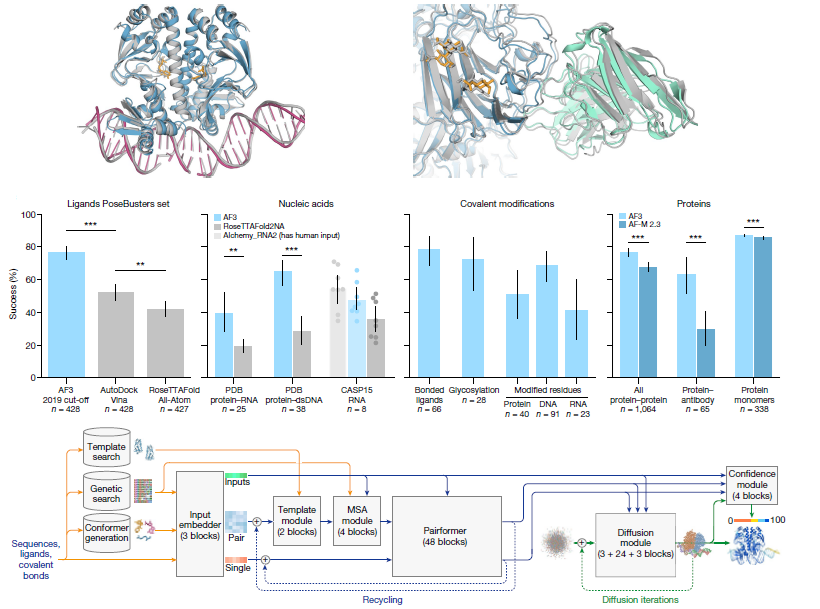Bacteria can synthesize various classes of these biopolymers, such as polysaccharides ), polyamides, polyesters and polyphosphates. Such bacterial polymers have two faces: when produced by pathogenic bacteria, these biopolymers function as major virulence factors, where when they are produced by non-pathogenic bacteria, they can be used as food ingredients or biomaterials.
Over the years, research has shed light on the molecular mechanism of their biosynthesis and identify new targets for antibacterial drugs. The review summarizes the role of bacterial polymers in pathogenesis, their synthesis and their material properties as well as approaches to design cell factories for the production of tailor-made bio-based materials suitable for high-value applications.
To reach this goal, many challenges have to be faced. There is a plethora of interacting components and multiple feedback loops in complex biological systems. The rational engineering of novel GRAS-certified cell factories and biopolymers remain challenging. It is important to reduce this complexity through systems biology to better inform genome-scale metabolic models, metabolic network modelling and computational simulations of large data sets that feed into synthetic biology approaches. Such advances will provide the foundation for efficient bioengineering strategies and accurate predictions for cell factory and bioprocess development.



